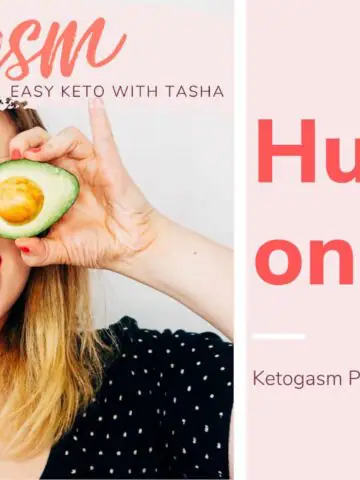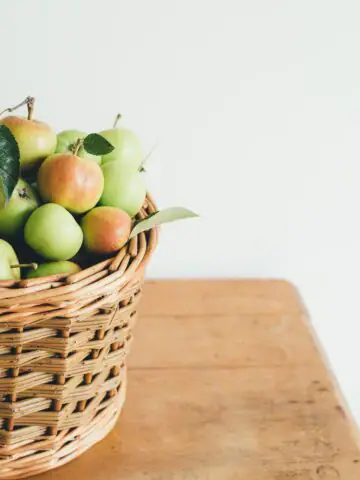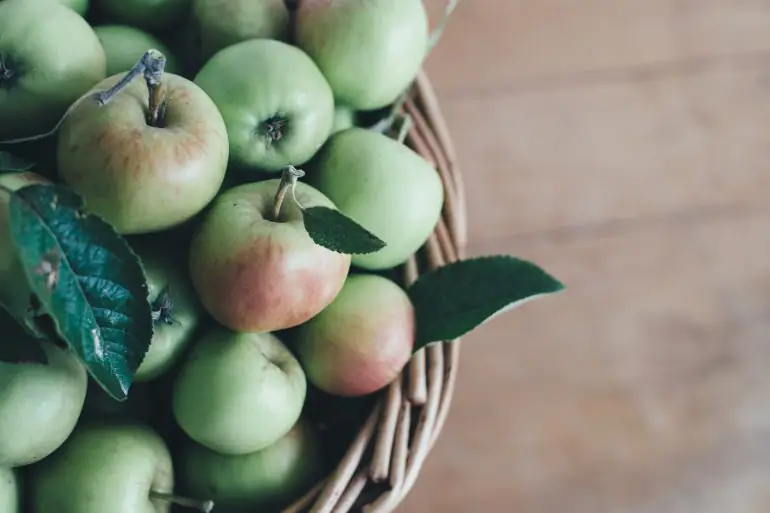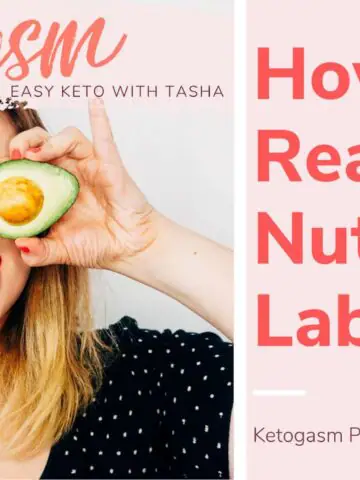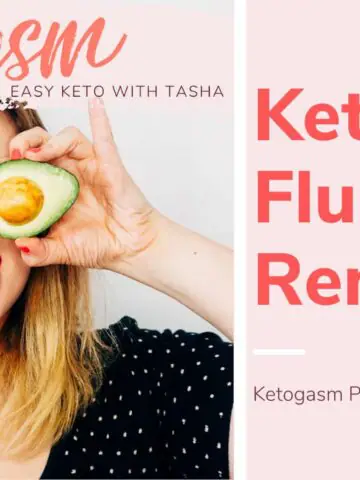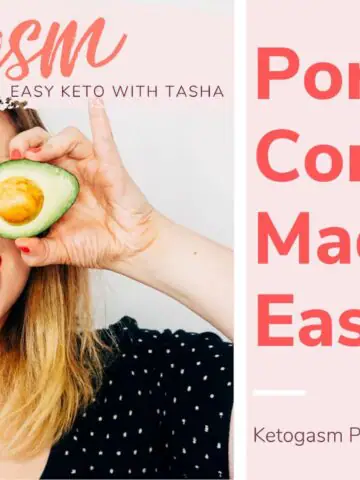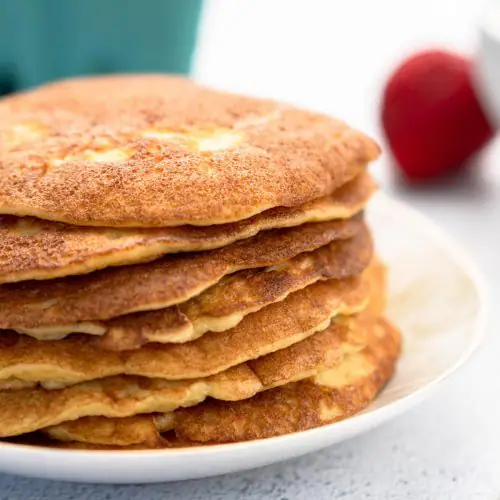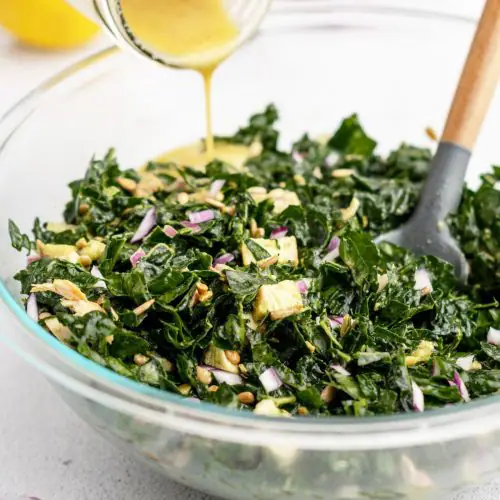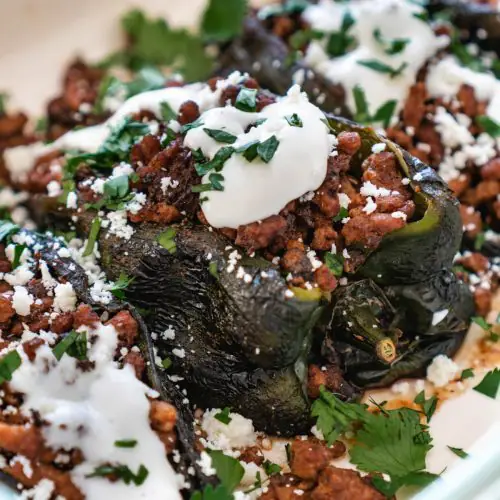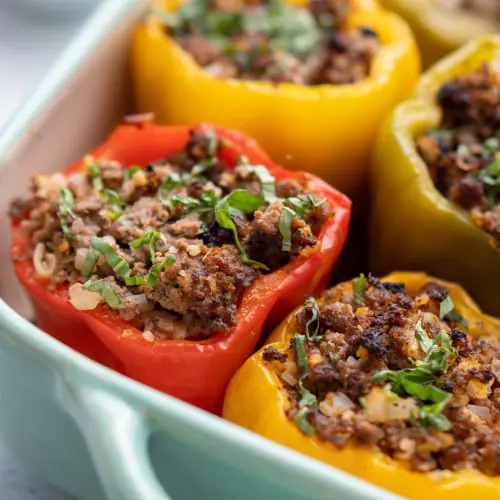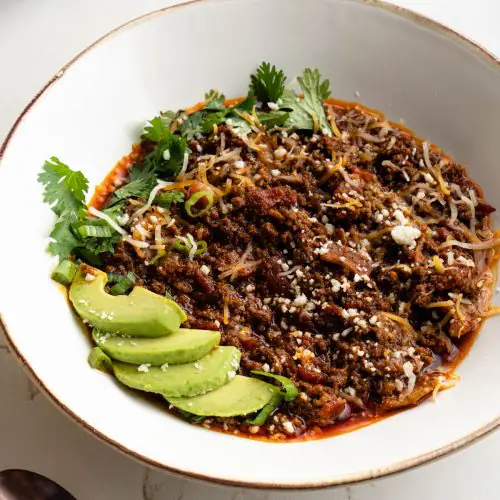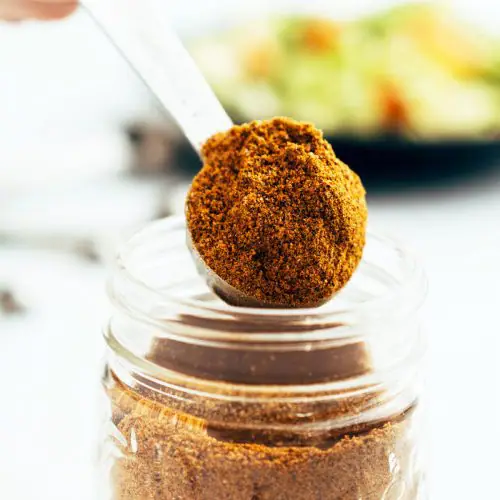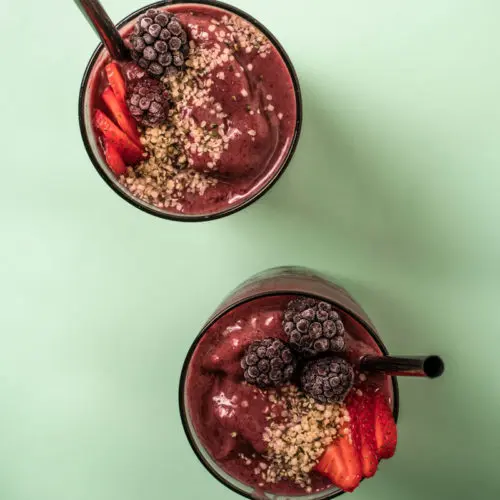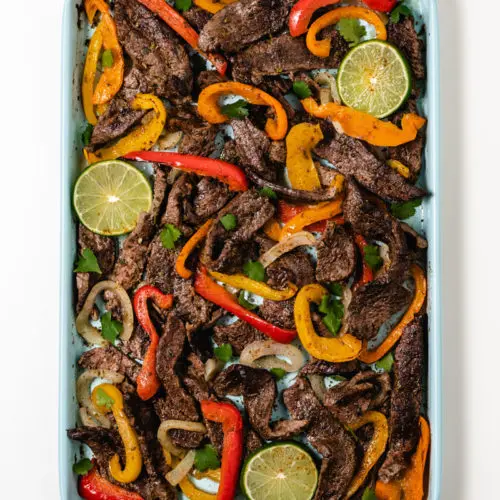Hello, friends! Welcome back, and thanks for joining us for the newest episode of Easy Keto with Tasha. Today’s discussion focuses on hunger on keto.
When it comes to hunger on keto, there seems to be a wide spectrum. For some, it’s “why am I so hungry on the keto diet?” For others, it’s “why am I never hungry on the keto diet?” Wherever you fall in that range, we’re here to clear the air!
If you’re looking for a more in-depth guide to answer all of your keto questions (including hunger), grab a copy of Keto: A Woman’s Guide & Cookbook! It’s a female-focused resource that allows you to completely tailor your diet to match your needs.
Hunger on Keto & Diet Length
When dealing with hunger on keto, one of the first--and most important--questions to ask is how long have you been doing keto? Different stages of carb restriction will affect hunger differently.
Hunger in the First Week
Your metabolism will not change immediately after you switch to keto. In that first week, you’re still burning through your stored carbs. Your body is still a sugar-burner.
Just as you might experience keto flu during this time, you might also struggle with extreme hunger on keto. Your body is not efficient for burning fat for fuel yet.
When your metabolism is clunky and your body hasn’t figured out how to use the available nutrients to make energy, it’s going to signal that you need more energy. And how do you get more energy? By eating!
The energy is still there for your body, you just haven’t fully adapted to the changes that carb restriction brings. Give it time. You will become fat-adapted. Your body will learn how to burn fat for fuel. Your energy levels will increase. You won’t be dealing with insatiable hunger forever! You just have to be patient.
Limiting Calories in Early Keto
Given that your body does have to make a lot of changes early on, I suggest not limiting calories in the very beginning. Going straight for a severe carb or calorie restriction can be an extremely difficult adjustment, especially to your hunger levels.
If you’re struggling with hunger on keto, gradually reduce your carbs to get into ketosis. Another option is to get into ketosis and then gradually lower your calorie intake.
Thirsty on Keto
There’s always the possibility that your hunger on keto is actually related to thirst. It’s incredibly common to confuse thirst for hunger. This is especially true on keto.
When you start out, your body dumps a lot of water as you burn through glycogen. You also deplete your electrolytes if you don’t actively replenish them. If you’re struggling with feeling overly hungry, ensure that your water intake is adequate. And don’t forget to replenish your sodium!
Ghrelin is the hunger hormone that makes your stomach growl. If your stomach is growling, that is a cue that you need to eat something. This can help you differentiate if you’re actually hungry or just thirsty.
Anticipatory Hunger on Keto
Your body may be anticipating food based on your previous eating habits. Anticipatory hunger occurs before your body starts sending signals to make your stomach growl and before your hunger hormones kick in.
Through your previous eating patterns, your body has learned to anticipate food. It’s based on circadian rhythm and typical food intake. When you first begin carb restriction or limiting food consumption, your body still expects the previous patterns. It’s been conditioned to expect food, just like Pavlov’s dogs.
It’s important to be realistic about what your previous eating habits were. It will take time to change what your body anticipates regarding food. This hunger on keto won’t last forever, but you have to be realistic in your expectations.
Keto Hunger Busters
Your hunger on keto does not have to be out-of-control until enough time has passed. There are some tricks to help you feel more satiated and full when you do eat. They’ll make your hunger go away and keep you full throughout the day.
Protein
Protein is the most satiating macronutrient. Consuming a sufficient amount of protein will help you get full and stay full. It also makes it easier to manage your appetite.
Keto diets frequently recommend adding fat to help with hunger. In reality, protein has been proven to be more satiating than fat and carbohydrates! If you’re struggling with hunger on keto, then you should prioritize protein.
There is no difference in animal-based proteins and plant-based proteins. They are equal in terms of appetite control and satiety. The same can be said for protein powders.
Fiber
Fiber, while technically a carb, is discounted from our overall total carb count. It does not affect ketosis or metabolism. Fiber is also very satiating. Building meals with sufficient protein and lots of fibrous vegetables are great for suppressing hunger.
MCTs
MCTs--also known as medium-chain triglycerides--are fats that can be used to supplement your diet. They help to keep hunger at bay because they offer your body a quick source of fat. MCTs can help your transition from sugar-burner to fat-burner by providing a quick boost.
Electrolytes
Electrolytes are especially important if your hunger is really thirst. Replenishing electrolytes is vital for thirst and hydration. High-potassium, magnesium-rich foods, and sodium salts are all important for boosting electrolytes.
Lack of Hunger on Keto
For every person who has an insatiable hunger on keto, there’s a person who is notoriously not-hungry. The appetite suppression kicks in about a month into keto. It takes a few weeks for your body to transition from sugar-burner to fat-burner.
Once it does make this transition, there is a ton of energy readily available to burn through. All the stored energy you’re carrying on your body is fair game. When you’re not eating, your body can efficiently tap into the stored fuel.
Instead of your body signaling that you need to eat for energy, it’s able to sense the abundance of energy in your fat store. This is great for those of you interested in weight loss! Just remember, a calorie deficit is necessary for any significant decrease in body fat.
Ghrelin
As you recall, ghrelin is the hunger hormone that causes your stomach to growl. Nutritional ketosis inhibits ghrelin. Traditional weight-loss diets don’t do this; instead, ghrelin increases as more weight is lost in most diets.
Appetite Control
Once you’ve made it past the initial struggle with hunger on keto, the diet is great for appetite control. People who have struggled with every other diet can finally reach their goals with keto.
However, once people go back to high-carb diets, it can be hard for them to keep the weight off. Some people inherently struggle with appetite control. Paired with negative eating habits, things can quickly feel out-of-control.
People don’t have to do keto forever. But it is important to be aware of the potential rebound.
Are you eating enough on keto?
You may find yourself in a position where you’re planning your meals, tracking your macros, even preparing your food, and yet you just do not feel hungry. You’re still losing weight and feeling energetic, but you can’t eat!
When keto has made your hunger nonexistent, remember to practice mindful eating. In this scenario, mindful eating might manifest as eating when you’re hungry and not eating when you’re full.
Most people who say they’re never hungry and still consuming food. If you compare your current eating habits on keto to what they were previously, you’ll probably find you’re eating less. As long as you’re still consuming portion sizes that align with a healthy weight, then eating less is not a bad thing!
Forcing yourself to eat when you’re not hungry ultimately just reinforces negative behaviors involving food. And those negative behaviors are why we’re here in the first place! If you’re not hungry, don’t eat.
Menstrual Cycle Hunger
The time of your menstrual cycle plays a part in your level of hunger on keto. During the luteal phase--the second half of your cycle--you’ll experience an increase in hunger. You’ll experience the cravings, and you’ll probably end up eating more calories. This is especially true if you’re following intuitive eating. However, this is all balanced with the first half of the menstrual cycle.
Handling Hunger on Keto With Intermittent Fasting
Intermittent fasting is a viable option for those of you that don’t feel hungry often. If you aren’t hungry, you don’t need to force yourself to eat three meals a day plus snacks.
Intermittent fasting is frequently used with keto due to the diet’s appetite-suppressing effects. You may find that two larger meals a day works best for you; maybe you’ll prefer to do alternate day fasting. It’s trial and error to determine what works best for controlling your hunger on keto. Listen to your body, nourish it with nutrient-dense ingredients, and adjust as needed.
Further Resources
Keto: A Woman’s Guide & Cookbook
Keto Flu Remedies: Fastest Ways to Stop Keto Flu [E14]
Weight Loss vs Fat Loss: Are they the same? [E12]
Timestamp
Intro
1:55 - Hunger on Keto & Diet Length
2:24 - Hunger in the First Week
5:11 - Limiting Calories in Early Keto
5:42 - Thirsty on Keto
7:48 - Anticipatory Hunger on Keto
9:55 - Keto Hunger Busters
10:19 - Protein
12:38 - Fiber
13:37 - MCTs
14:47 - Electrolytes
15:13 - Lack of Hunger on Keto
18:14 - Ghrelin
19:38 - Appetite Control
22:15 - Are you eating enough on keto?
26:19 - Menstrual Cycle Hunger
27:18 - Handling Hunger on Keto With Intermittent Fasting
Subscribe & Review in iTunes
Are you subscribed to my podcast? If you’re not, I want to encourage you to do that today. I don’t want you to miss an episode. I’m going on an epic podcasting spree and if you’re not subscribed there’s a good chance you’ll miss out on the new episodes. Click here to subscribe in iTunes!
Now if you’re feeling extra loving, I would be incredibly grateful if you left me a review over on iTunes, too. Those reviews help other people find my podcast and they’re also fun for me to go in and read. Just click here to review, select “Ratings and Reviews” and “Write a Review” and let me know what your favorite part of the podcast is. Thank you!


